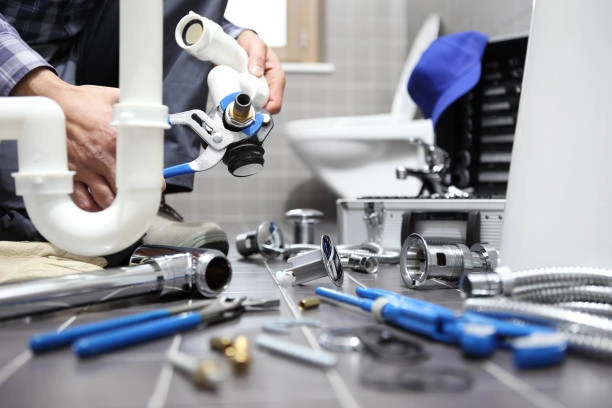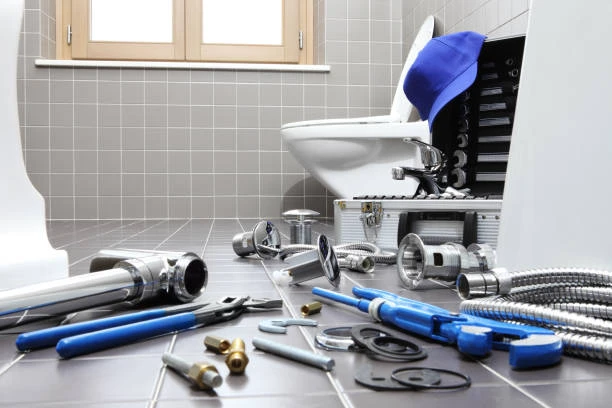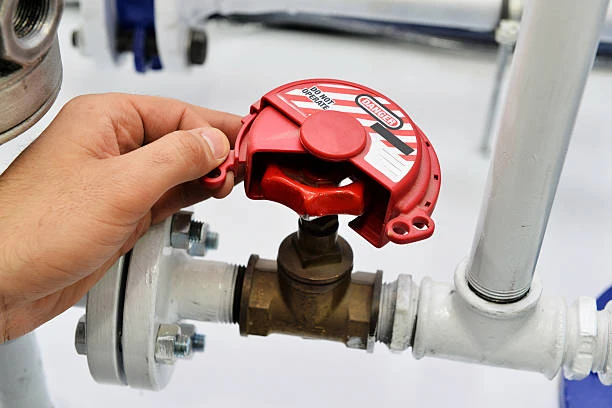The global shift towards clean energy is transforming various industries, including the manufacturing and application of pipe fittings systems. As renewable energy sources gain traction, the demand for innovative piping solutions is increasing. This article explores how the rise of clean energy impacts pipe fittings systems, including advancements, challenges, and future opportunities.
Understanding Pipe Fittings Systems
Pipe fittings systems are crucial components in various applications, including plumbing, heating, cooling, and industrial processes. They facilitate the connection, direction, and regulation of fluid flow. Common materials for pipe fittings include metals like steel and copper, as well as various plastics such as PVC and HDPE. The choice of materials and fittings significantly influences the efficiency and sustainability of the entire system.
The Shift to Clean Energy
The transition to clean energy involves harnessing renewable sources such as solar, wind, hydroelectric, and geothermal power. This shift is motivated by the need to reduce greenhouse gas emissions, combat climate change, and promote sustainable practices. As clean energy technologies evolve, they create new requirements and opportunities for pipe fittings systems.
1. Increased Demand for Specialized Fittings
The growing use of renewable energy systems, such as solar thermal collectors and geothermal heat pumps, necessitates specialized pipe fittings. These systems often operate under unique pressure and temperature conditions, requiring fittings that can withstand varying operational demands. Manufacturers are responding by developing innovative fittings designed specifically for these applications, enhancing system reliability and performance.
2. Material Innovation for Sustainability
As the clean energy sector emphasizes sustainability, the materials used in pipe fittings systems are also evolving. Traditional metal fittings are increasingly being replaced or supplemented by more sustainable alternatives like recycled plastics and composite materials. These materials not only reduce environmental impact but also offer benefits like lower weight, corrosion resistance, and improved thermal insulation properties.
3. Enhanced Efficiency in Fluid Transport
Clean energy systems often require precise control over fluid transport to maximize efficiency. Advanced pipe fittings systems, equipped with smart technologies, can monitor flow rates, pressure, and temperature in real-time. This data-driven approach allows for better optimization of energy use, ultimately leading to more efficient and sustainable operations.
Key Benefits of Clean Energy on Pipe Fittings Systems
1. Reduction of Carbon Footprint
By integrating clean energy sources, industries can significantly reduce their carbon footprint. Pipe fittings systems that utilize sustainable materials and efficient designs contribute to lower emissions throughout their lifecycle—from production to installation and operation.
2. Cost Savings
Investing in energy-efficient pipe fittings systems can lead to long-term cost savings. Although the initial investment may be higher, the reduced energy consumption and maintenance costs associated with high-quality fittings ultimately lead to lower operational expenses. Moreover, as renewable energy technologies continue to advance, the cost of implementation is expected to decrease.
3. Improved System Longevity
The use of advanced materials and designs in pipe fittings systems enhances durability and reduces wear and tear. This increased longevity translates to fewer replacements and repairs, further driving down costs and resource consumption.

Challenges Faced by the Industry
While the clean energy transition presents numerous opportunities, it also poses challenges for pipe fittings systems:
1. Regulatory Compliance
As governments implement stricter regulations to promote clean energy and sustainability, manufacturers must navigate these changing compliance landscapes. Ensuring that pipe fitting system meet the latest environmental standards can be complex and may require additional investment in research and development.
2. Market Competition
With the growing demand for clean energy solutions, the market is becoming increasingly competitive. Manufacturers of pipe fittings systems must continuously innovate to maintain a competitive edge, which may strain resources for smaller companies.
3. Integration with Existing Infrastructure
In many cases, clean energy systems need to be integrated into existing infrastructures, which can be challenging. Upgrading or replacing old pipe fittings to accommodate new technologies may involve significant logistical and financial hurdles.
Future Opportunities in Pipe Fittings Systems
1. Smart Technology Integration
The incorporation of IoT (Internet of Things) technology into pipe fitting system is an emerging trend. Smart fittings can provide real-time monitoring and control, enhancing system efficiency and enabling predictive maintenance. This trend will be particularly beneficial for industries utilizing clean energy technologies.
2. Expansion into Emerging Markets
As developing countries invest in clean energy projects, there is an increasing need for modern pipe fitting system. Manufacturers can explore opportunities in these emerging markets by offering tailored solutions that meet local needs while adhering to sustainability principles.
3. Collaboration and Innovation
Collaboration between manufacturers, energy companies, and research institutions can lead to innovative solutions in the pipe fittings sector. By working together, stakeholders can develop cutting-edge technologies that enhance efficiency and sustainability, ultimately contributing to a greener future.
Conclusion
The transition to clean energy is reshaping the pipe fitting system industry, presenting both challenges and opportunities. By embracing innovation, sustainability, and smart technologies, manufacturers can adapt to this evolving landscape. As the demand for efficient and eco-friendly solutions continues to grow, the future of pipe fitting system looks promising, aligning with global efforts to build a more sustainable world.
Frequently Asked Questions (FAQs)
- What are pipe fittings systems?
Pipe fitting system are components that connect, direct, and regulate fluid flow in various applications, including plumbing and industrial processes. - How does clean energy impact pipe fittings systems?
Clean energy drives demand for specialized fittings, promotes sustainable materials, and enhances efficiency through smart technologies. - What materials are used in modern pipe fittings?
Common materials include metals like steel and copper, as well as sustainable alternatives like recycled plastics and composites. - What are the benefits of using advanced pipe fittings?
Benefits include reduced carbon footprint, cost savings, and improved system longevity through durable and efficient designs. - What challenges does the industry face with the shift to clean energy?
Challenges include regulatory compliance, market competition, and the integration of new technologies with existing infrastructure.















![Global Butterfly Valves Market Projected to Achieve USD [Value] by [Year] Butterfly Valves](https://pipefittingblog.com/wp-content/uploads/2024/10/9cb01d484c02c0aeac27b0e4c90e7624.webp)


